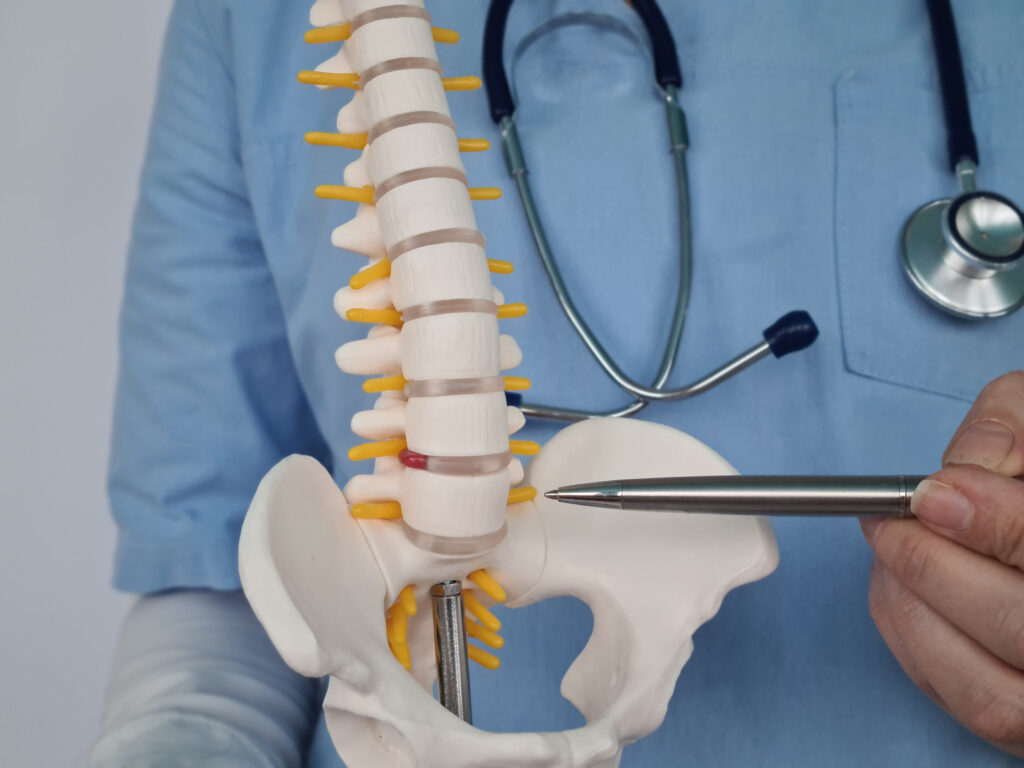Spinal fusion has long been the go-to solution for patients suffering from severe disc degeneration, a condition that can lead to chronic pain and mobility issues. As the medical community continues to seek innovative ways to enhance patient outcomes, recent advancements in bone tissue engineering have emerged as promising strategies to improve intervertebral bone growth and fusion.
A recent study conducted by Taowen Guo, Shifan Lin, Le Zou, Guoliang Zhang, Jiaqi Long, Zhiping Zhang, and Shan Wang explored the potential of graphene oxide (GO) and methacrylated gelatin (GelMA) in developing composite hydrogel scaffolds for this purpose. By varying the concentrations of GO within the GelMA matrix, the researchers aimed to characterize the properties of the resulting scaffolds.
The findings revealed that the composite scaffold containing 1.2 mg/mL of GO displayed the best overall performance. This scaffold was subsequently employed for further experimentation. The researchers then introduced different concentrations of bone-forming peptide-1 (BFP-1) into the GelMA/GO composite scaffolds and co-cultured them with bone marrow mesenchymal stem cells (BMSCs). Notably, the GelMA/GO composite scaffolds containing 0.4 mg/mL BFP-1 significantly enhanced the production of alkaline phosphatase (ALP) and mineralized matrix by the BMSCs.
Further investigations into the GelMA/GO@BFP-1 composite demonstrated its effectiveness in promoting ALP production and mineralized matrix formation while also significantly upregulating the expression of osteogenesis-related genes, including ALP, Runx-2, OCN, and OPN, as well as proteins such as Runx-2 and OCN. These results suggest that the GelMA/GO@BFP-1 complex has the potential to support osteogenic differentiation of BMSCs, making it a viable candidate for use as a bone implant aimed at improving intervertebral bone fusion.
The study highlights a significant advancement in the field of spinal surgery, providing insights into how these innovative scaffolds can facilitate better healing and recovery outcomes for patients facing the challenges of severe disc degeneration. As research in this area progresses, the hope is that such engineered solutions will lead to more effective treatments and improved quality of life for those affected by spinal conditions.


